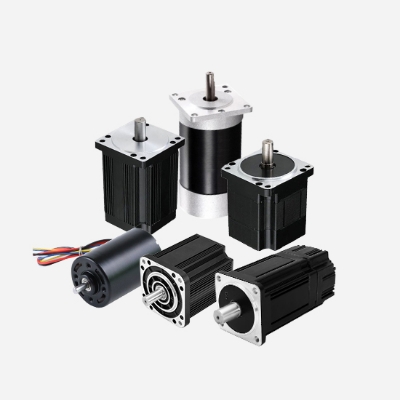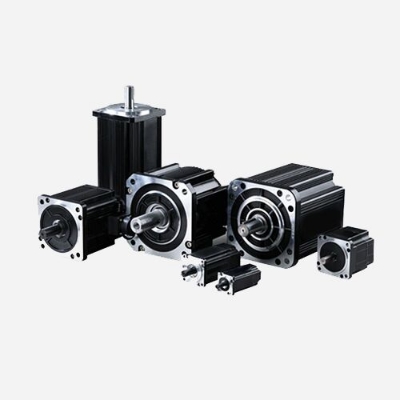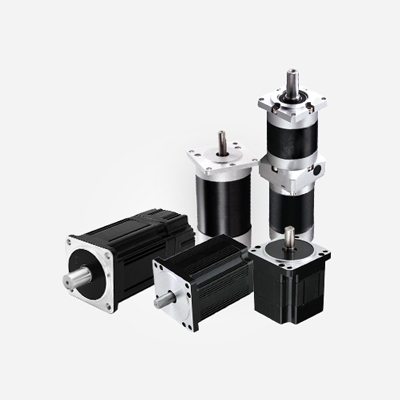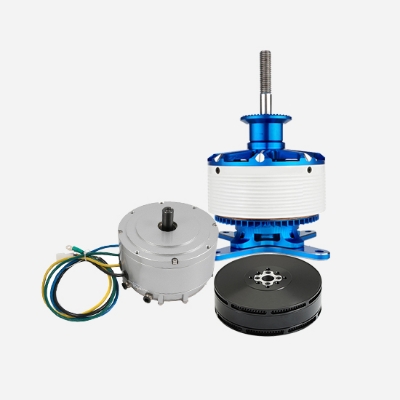For most applications of BLDC (brushless DC) motor, it is advisable to use a motor controller, in fact, if you are using a brushless (electrically commutated "EC") motor, then you have to use a controller to fire the correct phase winding at the right time.
What is a DC motor controller?
A BLDC motor controller is a special type of electrical device that converts electrical energy into mechanical energy. A DC motor receives electrical energy by utilizing direct current and then converts this energy into automatic rotation of the motor. DC motors are nearly ubiquitous, and they use the magnetic fields generated by the electrical currents that drive a rotor fixed to the output shaft. The speed and output torque depends on the design of the motor and the electrical input.
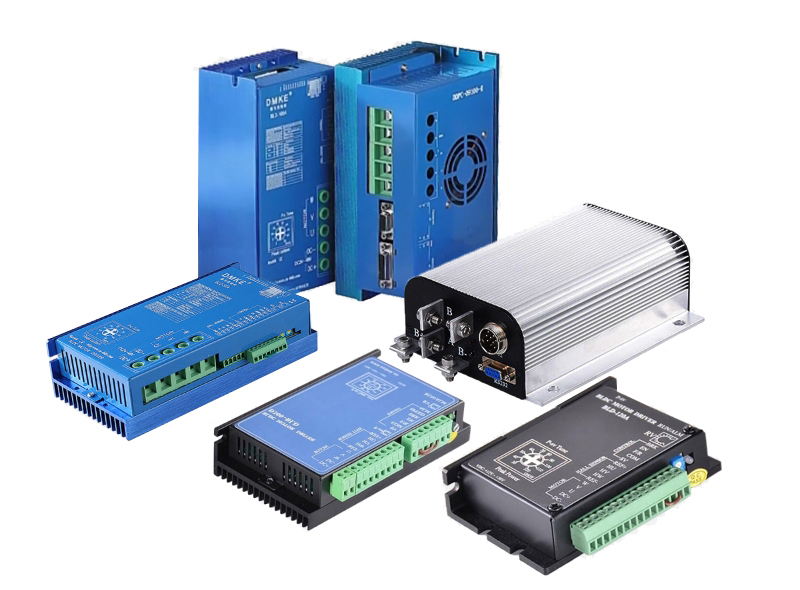
Why use a DC motor controller?
- Motor protection: Most modern controllers have the following protections; under-voltage, over-voltage, short circuit protection, current limit protection, thermal protection and voltage transients. Without these protections, the motor is "exposed" to threats that will possibly result in permanent electrical or mechanical damage.
- Speed control: All DC motors will lose speed as they are loaded and increase in speed when they are unloaded, in a linear fashion, according to their speed/torque gradient. For applications where a specific speed is required, with an unknown load (so a final speed cannot be calculated), or a fluctuating load (conveyor belt, pump, grinding tool, reel/converter, Cam) a controller is a must.
- Torque control: A DC motor's current is proportional to the torque delivery. Having control over the current of the motor will govern its torque delivery. Without control of the DC motor torque/current, the motor is allowed to pull large currents that can often result in torques delivered in excess of what is mechanically viable for the system, leading to an imminent failure (especially when gear with a large reduction ratio is used). Also, failure can be in the form of burnout from stalling the motor, for instance when the mechanics are jammed. In this condition, unless the current is limited, the motor pulls the stall current. As you can see from the diagram, the stall current is far from the operating area of the motor and will cause a thermal failure in normally few seconds.
In the cam application in particular, where the motor is operating as a "motor", for half the cycle and a "generator" for the other half, as the load "pushes" the motor a four-quadrant drive must be used. This provides dynamic braking control, to ensure the motor remains under control and at a constant speed. It is not possible to achieve this with a simple supply or a simple single-quadrant controller. The controller must also cope with the varying load, yet maintain the motor at a constant speed, by varying the voltage to the motor as the load changes to compensate.

